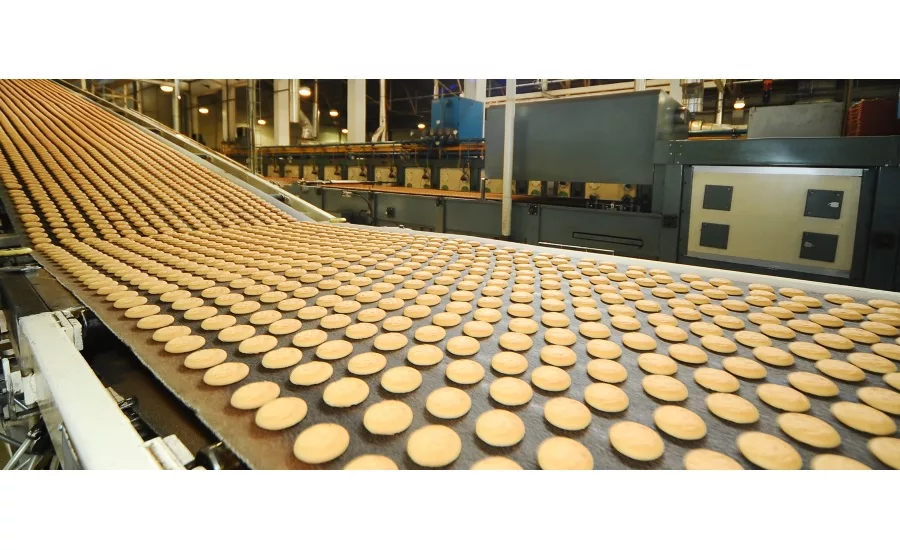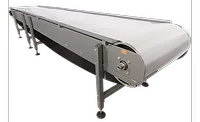Exclusive interview: Q&A with NiceLabel, on food supply chains in crisis during the COVID-19 pandemic

Food Safety Strategies recently was able to talk to Ken Moir, VP of packaging, NiceLabel, about how the food supply chain has been functioning during the COVID-19 pandemic.
Liz Parker: How has the FDA been relaxing labeling restrictions, and for what foods?
Ken Moir: During the pandemic, we’ve seen unprecedented demand trends for certain critical items like shell eggs, while restaurants, manufacturers and retailers have had to rapidly shift how they supply food to consumers.
Seeking to prevent supply chain bottlenecks, the FDA has responded to these challenges by temporarily relaxing certain labeling requirements, such as those for nutrition labeling, listing “non-primary” ingredients or labeling egg cartons. Allergens the FDA has previously required to be identified must still be clearly labeled; however, there is still debate and regional variability on what allergen ingredients should be listed.
It’s difficult to predict what will come in the months and years ahead; however, we probably won’t see a return to normal business operations soon. Practices that streamline operations and help manufacturers compete in the marketplace will likely be maintained as we emerge from the pandemic.
Though the temporarily less stringent requirements have helped speed supply chains and meet consumers’ food needs, it’s also hard to estimate if any harm has been made with the looser rules.
Proper nutrition facts labels function as one of the most critical methods to protect customer health with food safety. By helping to promote safety, the organizations that take it upon themselves to provide transparency to consumers will gain a competitive edge with their brands. This may mean going beyond compliance to ensure elements like sourcing, ingredients and nutritional facts are clear to consumers.
Looking for quick answers on food safety topics?
Try Ask FSM, our new smart AI search tool.
Ask FSM →
LP: What are the latest trends, challenges and opportunities for food supply chain management?
KM: Food and beverage supply chains demand agile and efficient practices to promote food safety, meet constantly shifting regulations that vary between regions, and swiftly deliver products to consumers.
With these challenges, agility is a must, but all too often companies rely on legacy label design and print solutions that are disparate across an organizational ecosystem or simply out of date. This seriously limits the ability to control and centrally monitor labeling and the supply chain.
Often, teams will rely on paper-based record keeping and quality assurance (QA) practices, manual data entry, or even, physically transferring data on the factory floor instead of a wireless network. An unharmonious approach to labeling also limits traceability, as it offers no central platform to track system events or changes. These issues can stack up quickly, leading to duplicated efforts, lost time, or even catastrophic errors.
To overcome issues from legacy sprawl, many organizations are digitally transforming their operations for labeling and marking packages through the cloud. This provides a plethora of opportunities. For instance, a modern, digital approach to label management can centralize and automate all label printing and design operations, enabling any user to adjust and print labels, regardless of location or printer manufacturer.
When done properly, digitally transforming label management enables organizations to avoid costs from fines, lost business, recalls and production delays. It can also future-proof an organization by providing a digital QA approach, a reduced IT burden and scalability alongside other business systems (e.g., ERP, MES and WMS). All these improvements streamline the supply chain and prevent unwanted hazards, especially in times of crisis.
LP: What will be key in modernizing and futureproofing operations, in the wake of the COVID-19 pandemic?
KM: Due to the COVID-19 pandemic, food and beverage suppliers are restricted, but must still ensure products are safely and swiftly moved through the supply chain. In this environment, labeling should not be overlooked, and in fact, it functions in a more vital role than ever before. It is a critical tool to ensure food safety and supply chain traceability. Therefore, it should be an asset and never a barrier to ensuring properly packaged items reach those who need them as quick as possible.
As our “new normal” continues to take shape, modern, digital approaches like cloud-based labeling will be essential to ensure critical label data is available on demand and accessible from any location. This will not only enable immediate needs, like those for remote work and decluttered factory environments, but will pave the way for a digital future that ensures supply seamlessly moves from A to B to Z without interruption.








